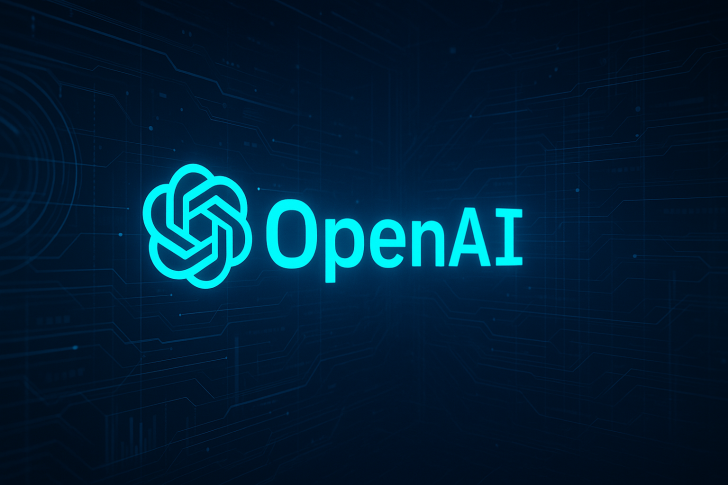Recent remarks from Greg Brockman, President and Co-Founder of OpenAI, have sparked discussion about AI's potential to revolutionize semiconductor design. OpenAI has already deployed its own models to design chips - achieving results faster and potentially more efficiently than conventional human teams. This development comes as the gap between compute demand and supply continues to widen dramatically.
AI Enters Hardware Design
According to trader Chubby, who brought attention to Brockman's comments, the semiconductor industry has traditionally been one of the most complex engineering domains, with companies like NVIDIA, AMD, and Intel investing years of research and billions of dollars into chip development.
Brockman's revelation that AI could match or exceed human engineers suggests a fundamental shift: hardware designed by AI, optimized for AI. If AI can compress design cycles, refine architectures, and boost efficiency, the entire industry could transform.
The Compute Crisis
Brockman emphasized that compute capacity - not model sophistication - is today's primary constraint. As AI models become more capable, processing power becomes the limiting factor. The accompanying chart illustrates this imbalance, with demand accelerating far beyond infrastructure growth. Brockman envisions a future where everyone has an AI agent working around the clock, but realizing this depends entirely on scaling compute through better chips, expanded data centers, and robust power systems.
Industry Implications
Several key factors emerge from this development: AI could slash chip development timelines dramatically; processors tailored for specific AI workloads could proliferate; automating design processes might reduce costs and democratize access; and infrastructure requirements for renewable energy and advanced cooling will surge. The convergence of AI and hardware design represents one of technology's most critical frontiers.
 Saad Ullah
Saad Ullah

 Saad Ullah
Saad Ullah


